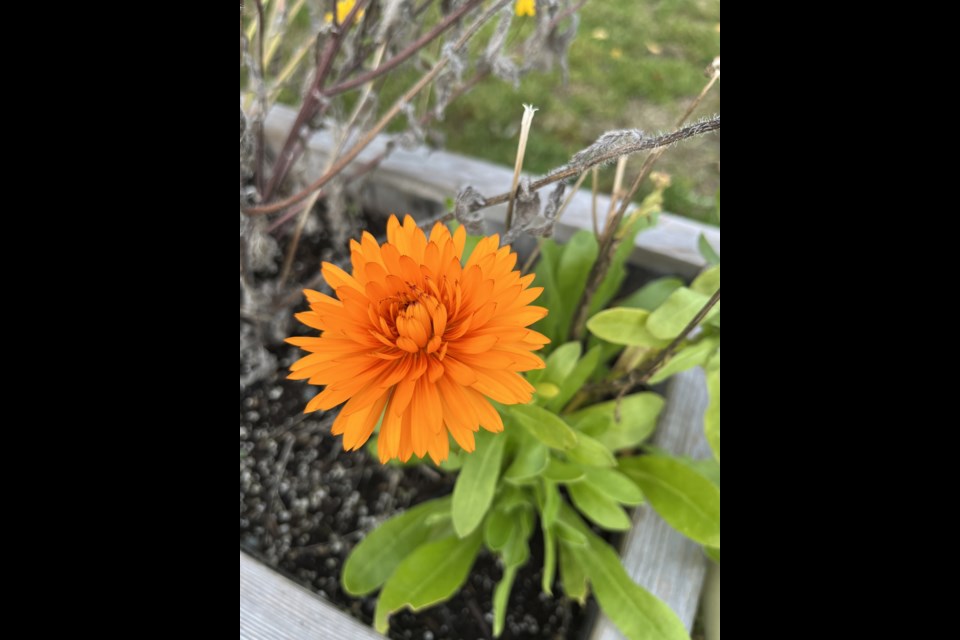Spring is officially here but the west coast climate at this time of year can be unpredictable.
What is predictable is that most gardeners are starting to plant greens such as kale, arugula, celeriac and spinach, and holding off on vegetables such as carrots and beans (except broad beans), which prefer warmer soil.
Right now folks who planted garlic in September are fertilizing the soil in preparation for healthy bulbs to pull out in the summer months, depending on how the scapes look.
"The garlic was planted last fall, so that gets a second fertilizing now because it's forming its greens, and then it needs to be fertilized again, in June, when it starts forming the bulbs," said Powell River Garden Club president Lesley Moseley. “I have started some seeds in my shop which are unheated, and so I have things that don't like heat, such as celeriac and peas. I start peas in aluminum gutters and when they are about six inches tall, they easily slide out into the soil, that way the slugs don't eat the young shoots."
This time of year Moseley said she usually heads down to Mother Nature garden centre and picks up the West Coast Seeds planting guide, and a companion planting guide as well.
"I bury compost in the soil before I plant any seeds," said Moseley. "I'll be planting lettuce and radishes in the ground soon, cool weather vegetables."
Moseley and the garden club get fertilizer in bulk for vegetable gardening from Welcome Harvest Farm on Texada Island that produces high-quality organic fertilizer.
As for companion planting (the idea that plants grow better with particular plants beside them), peas are known to be a good companion for beans, carrots, radish and celery.
"Broad beans can be planted in a cooler climate and are a companion to the strawberry plant," said Moseley. "I plant calendula with the tomatoes and it's good to plant everywhere because it helps ward off bugs."
Moseley said she also likes to plant borage because it attracts pollinators like bees.
"Vegetables such as carrots, I wait until June or even later because they prefer warmer soil," said Moseley. "This year I am planning to grow saffron for the first time and it will be for fall planting."
The very expensive, highly sought-after spice comes from the dried stigmas of the saffron flower. Moseley said saffron bulbs will be divided every year, doubling the amount.
"Last year I started a lot of things in the greenhouse but it got really hot in the early spring, and so a lot of my seeds got fried," she added. "This year, I'm not starting [many] things in the greenhouse; I don't trust the weather anymore."
She said gardeners have to be prepared for all kinds of weather and have a shade cloth handy.
The garden club has an annual plant sale and for the past few years the sale was in various satellite locations. However this year, it will have the sale at one location, on May 5 at Powell River Curling Club.
Join the Peak’s email list for the top headlines right in your inbox Monday to Friday.



